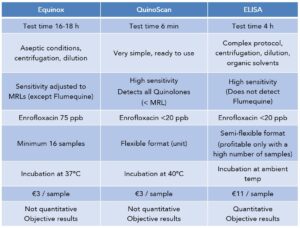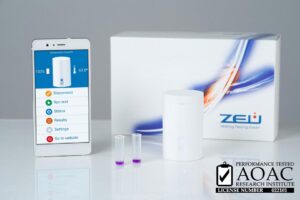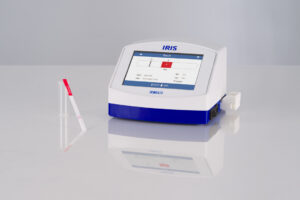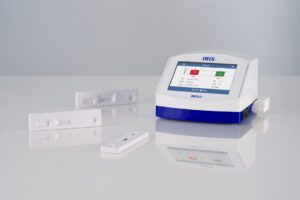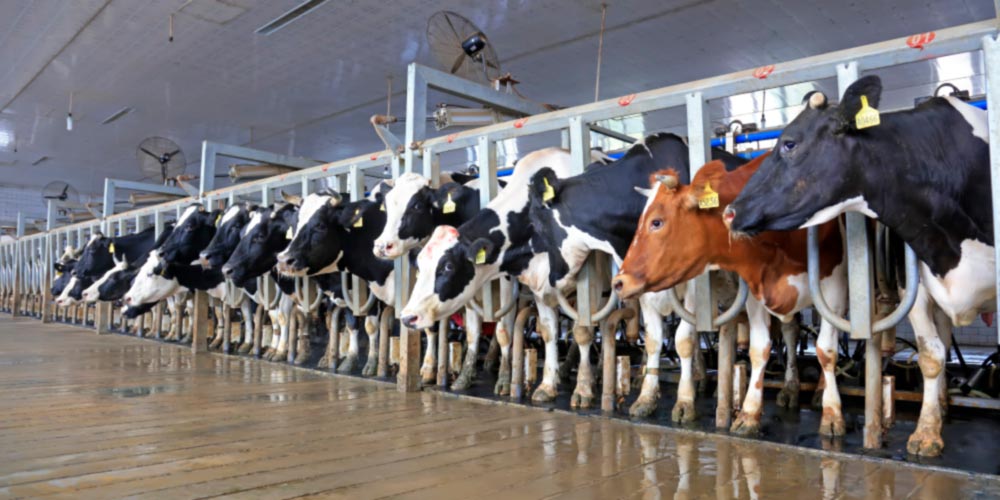
Quinolone testing methods in milk
22 Dec 2020Quinolones are a group of antimicrobial compounds widely used in human and veterinary therapeutics. However, due to the increase in bacteria resistant to this family of molecules and their critical importance in human medicine, they have been included in category B for responsible and prudent use in animals. This means that their use should be restricted to reduce the risk to public health, being considered only when there are no clinically effective antibiotics in categories C and D, and exclusively after an antimicrobial sensitivity test.
When we consult authorised drug databases, we check for antibiotics authorised for use in cattle that contain a quinolone family compound in their composition. Although the use of quinolones is mainly directed at other treatments not related to mastitis, their transfer to milk is possible and should be controlled.
Currently, the dairy sector in many European countries has a two-level control system for antibiotics in milk. Firstly, the Interprofessional Dairy laboratories carry out daily microbiological tests to control the quality of the milk from farms. These tests, like the Eclipse test, have a wide detection spectrum and are based on the inhibition of the bacterium Geobacillus stearothermophilus. Secondly, the industry performs a rapid test analysis before unloading in the plant with (e.g. Duplex BTScan) to detect antibiotics from the beta-lactam and tetracycline families. However, microbiological tests have a low sensitivity to quinolones, and do not reach the levels required by European legislation, while the rapid tests used in routine control are very selective and do not detect quinolone family compounds.
Therefore, tests to detect quinolones in milk need to be introduced as part of the current screening system. The available methods and their properties are described below:
- Rapid tests, e.g. QuinoScan, are simple, fast, sensitive and therefore easily applied by the industry as part of the control routine when receiving milk.
- Microbiological tests, such as Equinox , are based on inhibiting the growth of Coli. Equinox works analogously to the method used for quinolone screening in official controls, but via a very simple procedure. These tests should be carried out in microbiology laboratories.
- ELISA tests are more laborious and methodologically complex, but are quantitative.
The following table summarises and compares the general performance of the 3 methods:
